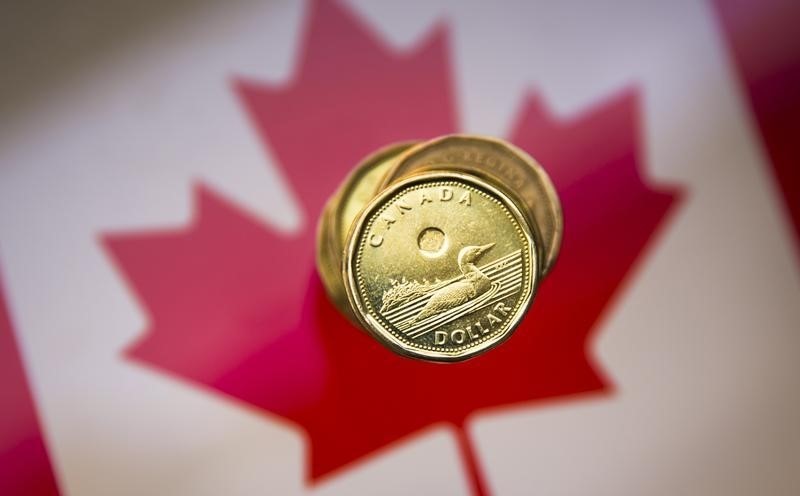* Canadian dollar rises 0.2% against the greenback
* Canadian manufacturing activity contracts for 3rd straight month
* Canadian bond prices dip across much of the yield curve
* Canada's 2-year yield touches a one-month high at 1.504%
By Fergal Smith
TORONTO, July 2 (Reuters) - The Canadian dollar edged higher against its U.S. counterpart on Tuesday, paring some of Monday's decline, as investors bet that the Bank of Canada would be slow to follow expected interest rate cuts from the U.S. Federal Reserve.
The U.S. dollar .DXY dipped against a basket of major currencies as optimism about U.S.-China trade negotiations dwindled and as U.S. President Donald Trump turned his attention to the European Union with threats of additional tariffs. frictions are part of the growing risks to the U.S. economy that prompted the Fed in June to signal interest rate cuts starting as early as this month.
Money markets see at least two rate cuts from the Fed by the end of the year, while chances of just one easing from the Bank of Canada over the same period are at 35%. BOCWATCH
"We get the sense that the bank will be a little bit more reluctant to chase the Fed in terms of cuts," said Mazen Issa, a senior FX strategist at TD Securities. "The cyclical drag in the Canadian economy has ebbed since the first quarter."
Canadian manufacturing activity contracted for the third consecutive month in June, but the pace of decline lost some momentum, the IHS Markit Canada Manufacturing Purchasing Managers' index showed. Friday, data showed faster-than-expected growth in the Canadian economy in April. trade data for May is due on Wednesday and the June employment report is due on Friday.
At 4:26 p.m. (2026 GMT), the Canadian dollar CAD=D4 was trading 0.2% higher at 1.3111 to the greenback, or 76.27 U.S. cents. The currency, which touched on Friday a near eight-month high at 1.3060, traded in a range of 1.3097 to 1.3139.
Recent strength for the loonie has come as investors cut their bearish bets on the currency to the lowest since December last year. As of June 25, net short positions had tumbled to 14,790 contracts from 38,071 in the prior week, according to data from the U.S. Commodity Futures Trading Commission and Reuters calculations. government bond prices edged lower across much of the yield curve as the market reopened following the Canada Day holiday. The two-year CA2YT=RR fell 1.5 Canadian cents to yield 1.482% and the 10-year CA10YT=RR was down 3 Canadian cents to yield 1.469%.
The two-year yield touched its highest intraday since May 29 at 1.504%.
